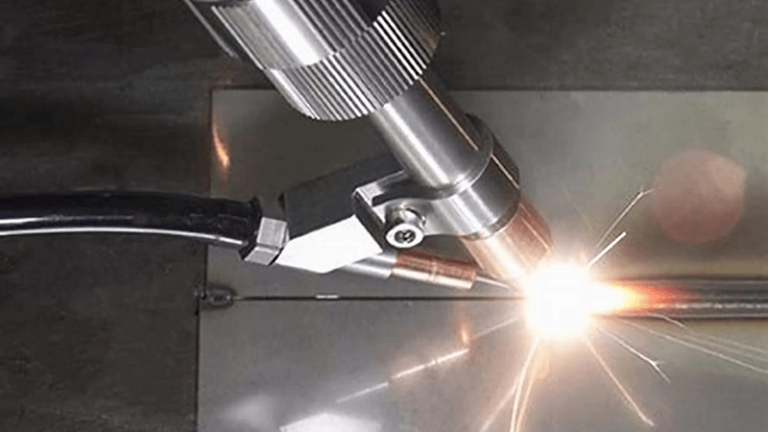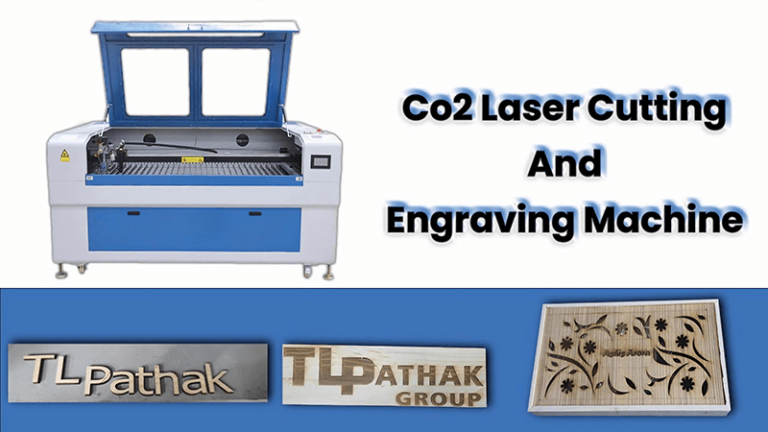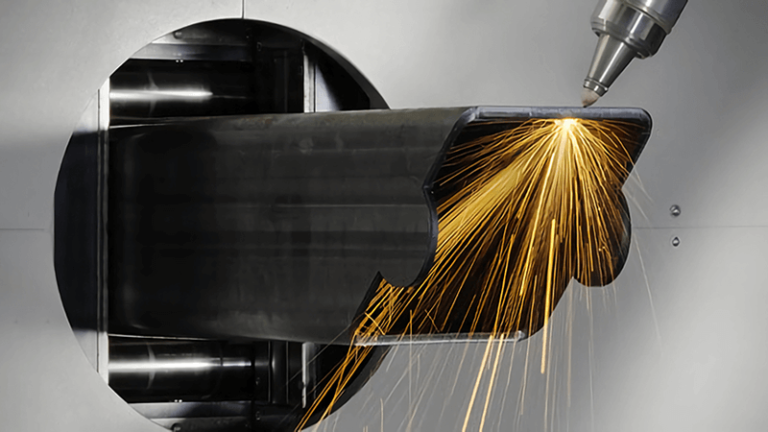Introduction
Fiber laser welding is an innovative and highly efficient method used across industries for precise, high-quality welding applications. However, like any advanced machinery, the price of fiber laser welding machines can vary greatly based on several factors. If you're looking to invest in one, understanding these pricing factors is key to getting the best value for your money.
So, what exactly determines the price of a fiber laser welding machine? Let me take you through the key aspects that affect this.
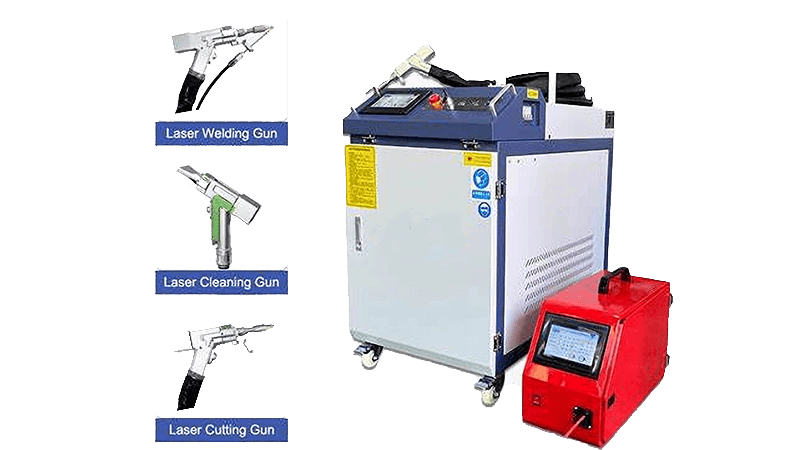
Laser Welding Technology: The Heart of the Price
At the core of any fiber laser welding machine is the fiber laser technology itself. Unlike traditional welding methods, fiber lasers are known for their high energy efficiency, precision, and minimal heat input, which results in cleaner welds and less distortion. These advantages come at a cost—more advanced fiber lasers, such as those with higher beam quality or specialized pulse rates, are typically more expensive.
For instance, a high-power fiber laser designed for large-scale industrial use will cost significantly more than a low-power machine for smaller, more specific jobs. Choosing the right laser technology for your application can make or break your budget.
Fiber laser welding machines with higher power ratings are typically more expensive.True
Higher power lasers, such as those with 1kW, 2kW, or 3kW ratings, offer more capacity for heavy-duty applications, making them costlier than lower-power models.
All fiber laser welding machines are equally priced, regardless of their power output.False
The price of fiber laser welding machines varies significantly based on power output, with higher-power machines being more expensive due to their increased capacity.
Machine Power and Performance: Does More Power Mean More Cost?
The power output of a fiber laser welding machine is directly related to its price. Machines with higher power ratings (e.g., 1kW, 2kW, or even 3kW) are typically more expensive. However, higher power doesn’t always mean better for every job. If you are only working with thinner materials or lower-volume production, a high-power laser might be overkill, and you'll just be paying for more capacity than you need.
When selecting a machine, you need to balance power with the nature of your work. If you need to weld thick materials like steel, a high-power machine might be necessary. But if you're mostly dealing with lighter metals or precision welding, a lower-power machine will suffice, saving you money.
Here is a table summarizing the laser welding parameters for 1 kW, 2 kW, and 3 kW fiber laser machines:
| Laser Power (kW) | Material Thickness Range (mm) | Typical Materials |
|---|---|---|
| 1 kW | Up to 3 mm | Stainless steel, mild steel, aluminum, brass |
| 2 kW | Up to 5 mm | Stainless steel, carbon steel, other metals |
| 3 kW | Up to 10 mm or more | Thicker sections of stainless steel, carbon steel, aluminum alloys |
Build Quality and Material Compatibility: Why Material Matters
The quality of the machine’s build plays a significant role in its price. Machines built with high-grade materials and precision components are not only more durable but also perform more reliably in demanding applications. Fiber laser welding machines can be used on a variety of metals, including steel, aluminum, copper, and even plastics, but machines that are designed to handle a broad range of materials tend to come at a premium.
Additionally, if you’re looking to weld specialized alloys or high-strength materials, you’ll need a machine with specific features tailored to those applications, which will also increase the cost.

Automation and Features: Advanced Features Add Value
Automation is another key factor in determining the price of a fiber laser welding machine. Machines with robotic arms, integrated cooling systems, or automatic focus adjustment make the welding process faster and more efficient, but they come at a higher cost. These advanced features reduce human error and increase productivity, making them ideal for high-volume or precision-critical tasks.
If your business requires such automation, you might find it worthwhile to invest in the more expensive models. However, if you're operating in a small-scale or low-volume environment, you might be able to get by with a more basic, manual model, keeping costs lower without sacrificing quality.
Example: Robotic Remote Laser Welding System for Automotive Seating Components
-
Project Overview
Industry: Automotive
Parts: Seat back components
Company: Tier-One Automotive Supplier -
System Components
Robot: Kirin Laser self-developed robotic arm
Laser: Max 4 kW fiber laser
Optics: Ryatools welding head -
Key Features and Achievements
High-Speed Production: The system achieved 148 welds in just 45 seconds, highlighting significant gains in speed and production efficiency.
100% Weld Inspection: Every weld was monitored for quality, ensuring that each pass met stringent automotive standards, with real-time feedback for adjustments.
No Gap Condition: Precision tooling ensured parts remained tightly aligned during welding, crucial for producing flawless welds.
Flexibility in Production: Quick changeover capabilities allowed the system to easily adapt to various model types, improving production flexibility. -
Technological Integration
This system marked a groundbreaking integration of Kirin Laser's self-developed robotic arm with Max fiber lasers and Ryatools welding heads. The combination of these domestic technologies allowed for:
Consistent Quality Control: Real-time weld quality monitoring ensured optimal results and immediate corrective actions if needed.
Dimensional Repeatability: The advanced tooling kept parts in constant contact during welding, ensuring consistent, high-quality results.
Speed and Efficiency: Welding speeds of up to 7 meters per minute maximized throughput, delivering a significant improvement in production time.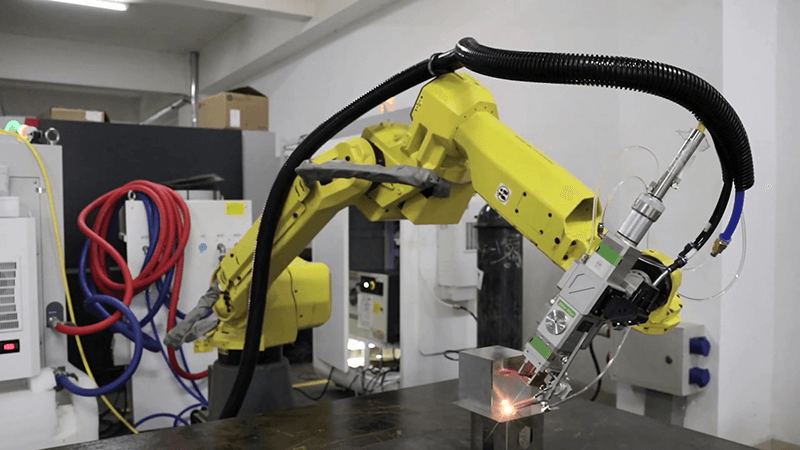
Robot Automative Welding
Manufacturer Reputation and After-Sales Service: Quality vs. Price
The brand reputation of the manufacturer has a direct impact on the price of fiber laser welding machines. Reputable brands like Kirin Laser offer high-quality machines with long lifespans, advanced features, and reliable support. These brands invest heavily in R&D, so you’re paying for more than just the machine—you’re paying for expert engineering and quality control.
In addition, after-sales service and warranty packages can add significant value. Some manufacturers offer extensive warranty periods, training, and technical support, which can make the higher upfront cost worth it in the long run.
Automation features in fiber laser welding machines increase their price.True
Machines with advanced automation features, like robotic arms and automatic focus adjustment, enhance efficiency but come at a higher cost due to the added technology.
Fiber laser welding machines with robotic arms are less efficient than manual models.False
Robotic arms and automation features increase welding speed, reduce human error, and improve overall efficiency, especially in high-volume or precision-critical tasks.
Location and Market Trends: Regional Pricing Differences
It’s no surprise that the location of the manufacturer and where you’re buying the machine from can affect the price. Shipping costs, import duties, and taxes can increase the price, especially if the machine is imported from another country. Market trends also play a role; in regions where fiber laser welding technology is in high demand, prices can fluctuate based on supply and demand.
When considering your purchase, it's a good idea to check if there are any regional price disparities or opportunities for better deals in certain markets. Knowing the right time and place to purchase can save you money.
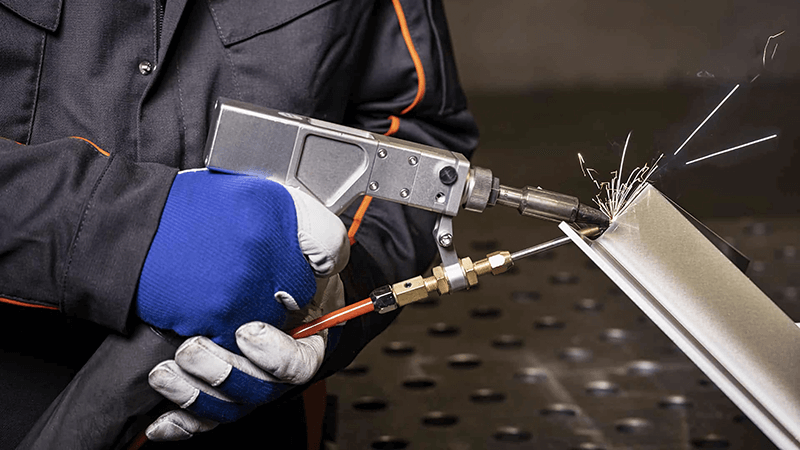
Operational and Maintenance Costs: Hidden Long-Term Expenses
While the purchase price is the first thing you’ll see, the long-term costs of owning a fiber laser welding machine should not be underestimated. Operational costs, such as energy consumption, maintenance, and spare parts, can add up over time.
Choosing an energy-efficient machine will help reduce electricity costs. Regular maintenance, while essential to keep your machine running smoothly, can also be a factor in the overall cost of ownership. Consider machines with low-maintenance designs and access to affordable spare parts.
Conclusion
The price of fiber laser welding machines is influenced by many factors: from the power and technology of the machine to the build quality, brand reputation, and after-sales service. Understanding these factors will help you make a smarter investment, ensuring that you get the right machine for your needs at the best value.
At Kirin Laser, we’re committed to providing high-quality, cost-effective fiber laser welding machines with excellent customer support. Feel free to contact us for a consultation on the best machine for your specific requirements.
Reference:
- “What Are the Best Tips for Buying a Laser Welding Machine?”, from Krinn Laser.
- "How to Find the Best Laser Welding Machine Prices?", from Kirin Laser
- "Robot-Assisted Laser Welding for Emerging Applications", from Laserax


